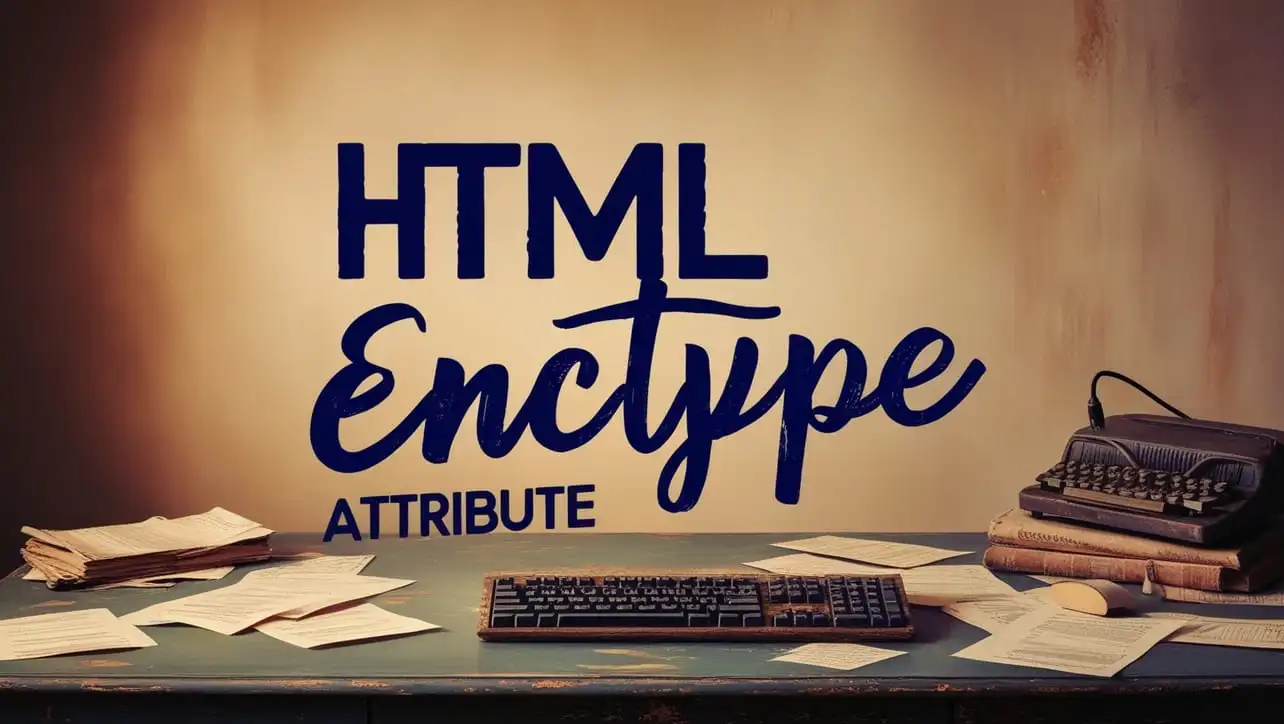
HTML Topics
- HTML Intro
- HTML Basic
- HTML Editors
- HTML CSS
- HTML Tags
- HTML Deprecated Tags
- HTML Events
- HTML Event Attributes
- HTML Global Attributes
- HTML Attributes
- abbr
- accept
- accept-charset
- accesskey
- action
- align
- alt
- archive
- as
- async
- autocapitalize
- autocomplete
- autofocus
- autoplay
- axis
- bgcolor
- border
- cellpadding
- cellspacing
- char
- charoff
- charset
- checked
- cite
- class
- classid
- codebase
- codetype
- color
- cols
- colspan
- compact
- content
- contenteditable
- controls
- coords
- crossorigin
- data
- data-*
- datetime
- declare
- default
- defer
- dir
- dirname
- disabled
- download
- draggable
- enctype
- enterkeyhint
- for
- form
- formaction
- formenctype
- formmethod
- formnovalidate
- formtarget
- frame
- frameborder
- frameset
- headers
- height
- hidden
- high
- href
- hreflang
- hspace
- http-equiv
- id
- inert
- inputmode
- ismap
- kind
- label
- lang
- list
- loop
- low
- max
- maxlength
- media
- method
- min
- multiple
- muted
- name
- novalidate
- onabort
- onafterprint
- onbeforeprint
- onbeforeunload
- onblur
- oncanplay
- oncanplaythrough
- onchange
- onclick
- oncontextmenu
- oncopy
- oncuechange
- oncut
- ondblclick
- ondrag
- ondragend
- ondragenter
- ondragleave
- ondragover
- ondragstart
- ondrop
- ondurationchange
- onemptied
- onended
- onerror
- onfocus
- onhashchange
- oninput
- oninvalid
- onkeydown
- onkeypress
- onkeyup
- onload
- onloadeddata
- onloadedmetadata
- onloadstart
- onmousedown
- onmousemove
- onmouseout
- onmouseover
- onmouseup
- onmousewheel
- onoffline
- ononline
- onpagehide
- onpageshow
- onpaste
- onpause
- onplay
- onplaying
- onpopstate
- onprogress
- onratechange
- onreset
- onresize
- onscroll
- onsearch
- onseeked
- onseeking
- onselect
- onstalled
- onstorage
- onsubmit
- onsuspend
- ontimeupdate
- ontoggle
- onunload
- onvolumechange
- onwaiting
- onwheel
- open
- optimum
- pattern
- placeholder
- popover
- popovertarget
- popovertargetaction
- poster
- preload
- readonly
- rel
- required
- reversed
- rows
- rowspan
- sandbox
- scope
- selected
- shape
- size
- sizes
- span
- spellcheck
- src
- srcdoc
- srclang
- srcset
- start
- step
- style
- tabindex
- target
- title
- translate
- type
- usemap
- value
- width
- wrap
- HTML Comments
- HTML Entity
- HTML Head
- HTML Form
- HTML IndexedDB
- HTML Drag & Drop
- HTML Geolocation
- HTML Canvas
- HTML Status Code
- HTML Language Code
- HTML Country Code
- HTML Charset
- MIME Types
HTML enctype Attribute

Photo Credit to CodeToFun
🙋 Introduction
The enctype attribute is an essential part of HTML forms, specifying the encoding type used when submitting form data to the server.
This attribute plays a crucial role in defining how the browser should format the data before sending it to the server, ensuring proper handling and interpretation on the server side.
🎯 Purpose of enctype
The primary purpose of the enctype attribute is to inform the browser about the type of content being sent in the form submission.
Different encoding types are suitable for various types of data, and choosing the correct one is crucial for successful form processing on the server.
💎 Values
The enctype attribute accepts several values, each serving a specific purpose. The common values include:
- application/x-www-form-urlencoded: This is the default value. It URL-encodes the form data before submitting it to the server, creating a key-value pair format.
- multipart/form-data: This value is used when the form includes file uploads. It allows binary data, such as images or documents, to be transmitted correctly.
- text/plain: This value is rarely used. It sends the form data in plain text without any encoding, which may be suitable for simple text-based data.
📄 Example
Here's an example of a form with different enctype values:
<form action="/submit" method="post" enctype="application/x-www-form-urlencoded">
<!-- Form fields here -->
<input type="submit" value="Submit">
</form>
<form action="/upload" method="post" enctype="multipart/form-data">
<!-- File upload field here -->
<input type="file" name="fileUpload">
<input type="submit" value="Upload">
</form>🧠 How it Works
In the first form, the enctype attribute is set to the default value for regular form submissions. In the second form, it's set to multipart/form-data to handle file uploads.
🔄 Dynamic Values with JavaScript
Similar to other attributes, you can also dynamically set the enctype attribute using JavaScript.
This can be useful when you need to adjust the form behavior based on user interactions or specific conditions:
<script>
// Dynamically set enctype for a form
document.getElementById("dynamicForm").enctype = "text/plain";
</script>🧠 How it Works
In this script, the enctype attribute is set to text/plain for a form with the id dynamicForm. This might be applicable in scenarios where you want to submit simple text data without any URL encoding.
🏆 Best Practices
- Understand the nature of your form data and choose the appropriate enctype value accordingly.
- Use application/x-www-form-urlencoded for standard form submissions and multipart/form-data when dealing with file uploads.
- Be cautious when using "text/plain" as it provides no special encoding and may not be suitable for all data types.
🎉 Conclusion
The enctype attribute is a crucial aspect of HTML forms, influencing how data is encoded and transmitted to the server.
By selecting the right enctype value, you can ensure seamless communication between the client and server, especially when dealing with diverse types of form data.
👨💻 Join our Community:
Author

For over eight years, I worked as a full-stack web developer. Now, I have chosen my profession as a full-time blogger at codetofun.com.
Buy me a coffee to make codetofun.com free for everyone.
Buy me a Coffee












If you have any doubts regarding this article (HTML enctype Attribute), please comment here. I will help you immediately.